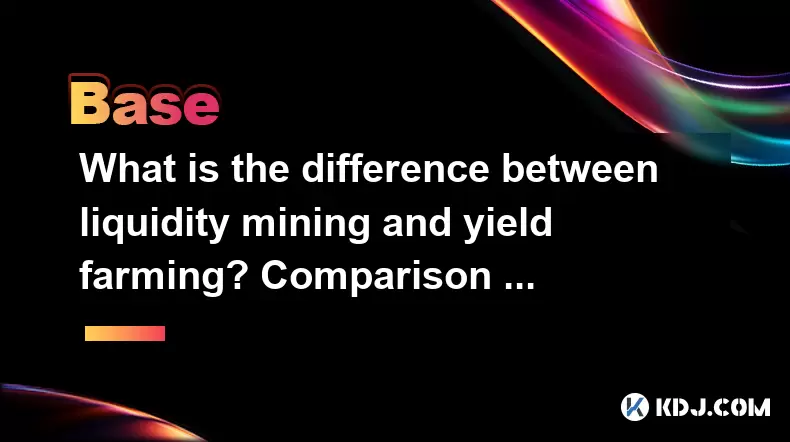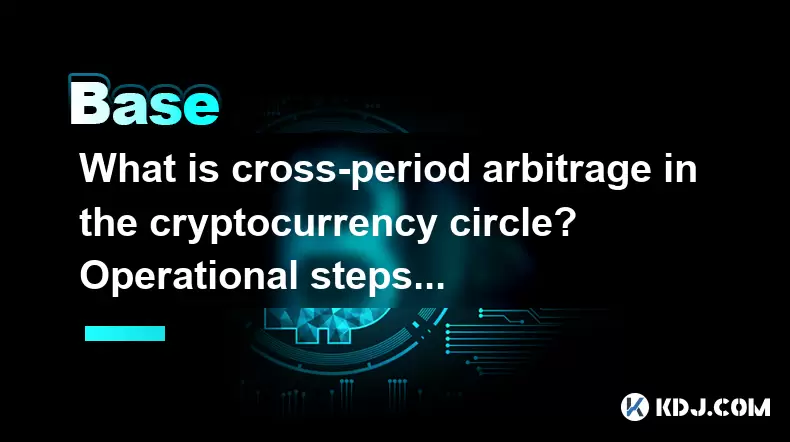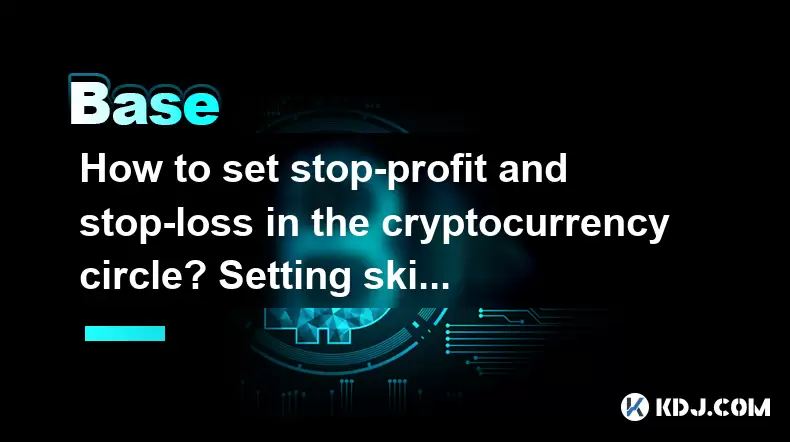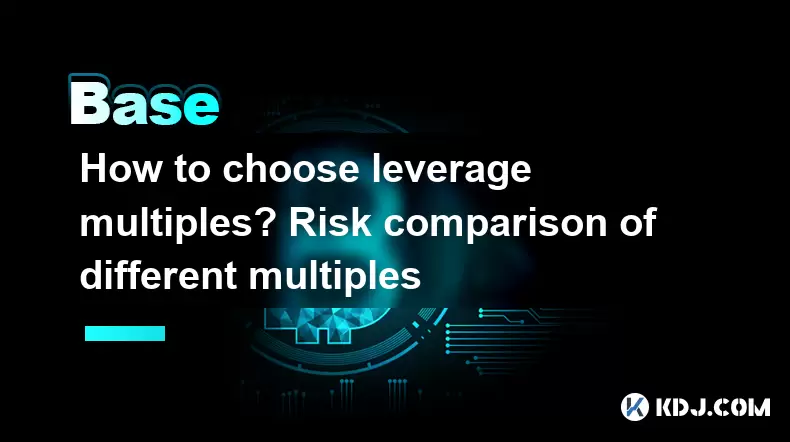-
 Bitcoin
Bitcoin $104,977.2024
-0.79% -
 Ethereum
Ethereum $2,618.2067
-0.03% -
 Tether USDt
Tether USDt $1.0004
-0.02% -
 XRP
XRP $2.2090
-2.35% -
 BNB
BNB $666.7281
-0.15% -
 Solana
Solana $154.0605
-2.14% -
 USDC
USDC $0.9997
-0.02% -
 Dogecoin
Dogecoin $0.1896
-3.18% -
 TRON
TRON $0.2726
1.32% -
 Cardano
Cardano $0.6727
-3.66% -
 Hyperliquid
Hyperliquid $35.7697
-3.19% -
 Sui
Sui $3.1869
-2.98% -
 Chainlink
Chainlink $13.8494
-3.59% -
 Avalanche
Avalanche $20.1630
-6.35% -
 Stellar
Stellar $0.2677
-2.75% -
 UNUS SED LEO
UNUS SED LEO $8.9617
-0.61% -
 Bitcoin Cash
Bitcoin Cash $401.1624
-0.76% -
 Toncoin
Toncoin $3.1899
-0.55% -
 Shiba Inu
Shiba Inu $0.0...01289
-1.80% -
 Hedera
Hedera $0.1683
-2.98% -
 Litecoin
Litecoin $88.8825
-1.89% -
 Polkadot
Polkadot $4.0342
-3.77% -
 Monero
Monero $318.8920
-8.69% -
 Ethena USDe
Ethena USDe $1.0011
-0.02% -
 Bitget Token
Bitget Token $4.7273
-2.13% -
 Dai
Dai $0.9998
-0.02% -
 Pepe
Pepe $0.0...01196
-3.71% -
 Pi
Pi $0.6483
-0.29% -
 Aave
Aave $264.4624
-0.45% -
 Uniswap
Uniswap $6.3144
-5.66%
What is the difference between liquidity mining and yield farming? Comparison of DeFi income methods
Liquidity mining involves providing liquidity to DeFi platforms for token rewards, while yield farming encompasses broader strategies to maximize crypto returns.
May 29, 2025 at 11:00 pm

Liquidity mining and yield farming are two popular methods within the decentralized finance (DeFi) ecosystem for generating income. While they share some similarities, there are distinct differences that set them apart. Understanding these differences is crucial for anyone looking to engage in DeFi and maximize their returns.
Liquidity mining involves providing liquidity to a decentralized exchange (DEX) or other DeFi platforms. In return, participants receive tokens as rewards. These tokens often represent governance rights or other benefits within the ecosystem. Liquidity mining is essential for the operation of DEXs, as it ensures there is enough liquidity for trading to occur smoothly.
Yield farming, on the other hand, is a broader term that encompasses liquidity mining but also includes other strategies for earning returns on cryptocurrency holdings. Yield farming can involve lending assets, staking tokens, and participating in various DeFi protocols to earn interest or other rewards. The key aspect of yield farming is the active management of assets to maximize returns, often by moving funds between different platforms and strategies.
Both liquidity mining and yield farming are part of the DeFi ecosystem, but they serve different purposes and involve different levels of engagement. Liquidity mining is more focused on providing liquidity to a specific platform, while yield farming involves a more dynamic approach to earning returns across multiple platforms and strategies.
Key Differences Between Liquidity Mining and Yield Farming
The primary difference between liquidity mining and yield farming lies in their scope and focus. Liquidity mining is a specific type of yield farming that involves providing liquidity to a DEX or other DeFi platform. In contrast, yield farming encompasses a broader range of strategies for earning returns, including but not limited to liquidity mining.
Another key difference is the level of engagement required. Liquidity mining typically involves a more passive approach, where participants provide liquidity and receive rewards over time. Yield farming, however, often requires more active management, as participants need to monitor and adjust their strategies to maximize returns.
The rewards structure also differs between the two methods. In liquidity mining, rewards are usually in the form of tokens specific to the platform providing the liquidity. These tokens may have governance rights or other benefits within the ecosystem. In yield farming, rewards can come in various forms, including interest on lent assets, staking rewards, and tokens from multiple platforms.
How Liquidity Mining Works
Liquidity mining involves providing liquidity to a DEX or other DeFi platform. This process typically involves the following steps:
- Choose a platform: Select a DEX or DeFi platform that offers liquidity mining rewards.
- Provide liquidity: Deposit a pair of tokens (e.g., ETH and DAI) into a liquidity pool on the chosen platform.
- Receive liquidity tokens: In return for providing liquidity, you receive liquidity tokens that represent your share of the pool.
- Earn rewards: Over time, you earn rewards in the form of tokens specific to the platform. These rewards are distributed based on your share of the liquidity pool.
The rewards in liquidity mining are designed to incentivize users to provide liquidity, ensuring that the platform has enough liquidity for trading to occur smoothly. The tokens received as rewards often have governance rights or other benefits within the ecosystem, making them valuable beyond their immediate financial reward.
How Yield Farming Works
Yield farming involves a more dynamic approach to earning returns on cryptocurrency holdings. The process can vary depending on the specific strategies employed, but it generally involves the following steps:
- Assess available options: Research various DeFi platforms and strategies to identify the most lucrative opportunities.
- Choose a strategy: Select a strategy that aligns with your risk tolerance and return expectations. This could involve lending assets, staking tokens, or providing liquidity to a DEX.
- Deposit assets: Deposit your cryptocurrency into the chosen platform or protocol.
- Monitor and adjust: Continuously monitor the performance of your investments and adjust your strategy as needed to maximize returns.
Yield farming often requires a higher level of engagement compared to liquidity mining. Participants need to stay informed about market conditions and adjust their strategies accordingly. The rewards in yield farming can come in various forms, including interest on lent assets, staking rewards, and tokens from multiple platforms.
Risks and Considerations
Both liquidity mining and yield farming come with certain risks that participants should be aware of. Impermanent loss is a significant risk associated with liquidity mining, where the value of the tokens provided to a liquidity pool can fluctuate, leading to potential losses. Smart contract risk is another concern, as the security of DeFi platforms can vary, and vulnerabilities could lead to the loss of funds.
Yield farming also carries risks, particularly due to its more dynamic nature. The need for active management can lead to mistakes or missed opportunities, and the complexity of some strategies can increase the risk of errors. Additionally, market volatility can impact the returns from yield farming, as the value of the assets involved can fluctuate rapidly.
It is essential for participants to conduct thorough research and understand the risks involved before engaging in liquidity mining or yield farming. Diversifying investments and staying informed about market conditions can help mitigate some of these risks.
Examples of Liquidity Mining and Yield Farming
Liquidity mining is commonly seen on platforms like Uniswap and SushiSwap, where users can provide liquidity to trading pairs and earn rewards in the form of UNI or SUSHI tokens, respectively. These tokens can be used for governance within the respective ecosystems or traded on other platforms for profit.
Yield farming, on the other hand, can involve a variety of strategies across different platforms. For example, a user might lend their assets on Compound to earn interest, stake tokens on Aave to receive governance tokens, and provide liquidity on Curve to earn CRV tokens. By combining these strategies, a yield farmer can maximize their returns across multiple platforms.
Choosing Between Liquidity Mining and Yield Farming
Choosing between liquidity mining and yield farming depends on several factors, including risk tolerance, time commitment, and return expectations. Liquidity mining may be more suitable for those looking for a more passive income stream, as it involves less active management. However, it comes with the risk of impermanent loss and is tied to the performance of a specific platform.
Yield farming is better suited for those willing to actively manage their investments and take on more risk in pursuit of higher returns. The dynamic nature of yield farming allows for greater flexibility and the potential to capitalize on various opportunities across different platforms. However, it requires more time and effort to monitor and adjust strategies.
Ultimately, the choice between liquidity mining and yield farming should be based on a thorough understanding of the risks and rewards associated with each method, as well as an individual's investment goals and risk tolerance.
Frequently Asked Questions
Q1: Can I participate in both liquidity mining and yield farming simultaneously?
Yes, it is possible to participate in both liquidity mining and yield farming at the same time. Many DeFi enthusiasts diversify their strategies by engaging in liquidity mining on one platform while also pursuing yield farming opportunities on others. However, managing multiple strategies can be complex and requires careful monitoring to ensure optimal returns.
Q2: Are there any tax implications for earnings from liquidity mining and yield farming?
Yes, earnings from liquidity mining and yield farming are generally considered taxable income. The specific tax implications can vary depending on your jurisdiction, but in many cases, the tokens received as rewards are subject to capital gains tax when sold. It is advisable to consult with a tax professional to understand your obligations and how to report your DeFi earnings accurately.
Q3: How can I minimize the risk of impermanent loss in liquidity mining?
To minimize the risk of impermanent loss, you can focus on providing liquidity to stablecoin pairs, as these are less likely to experience significant price fluctuations. Additionally, diversifying your liquidity across multiple pairs and platforms can help spread the risk. Regularly monitoring the performance of your liquidity pools and adjusting your positions based on market conditions can also help mitigate potential losses.
Q4: What are some common yield farming strategies?
Some common yield farming strategies include lending assets on platforms like Compound or Aave to earn interest, staking tokens to receive governance tokens, and providing liquidity to DEXs like Uniswap or SushiSwap to earn trading fees and platform-specific tokens. More advanced strategies may involve leveraging positions or participating in liquidity mining across multiple platforms to maximize returns.
Disclaimer:info@kdj.com
The information provided is not trading advice. kdj.com does not assume any responsibility for any investments made based on the information provided in this article. Cryptocurrencies are highly volatile and it is highly recommended that you invest with caution after thorough research!
If you believe that the content used on this website infringes your copyright, please contact us immediately (info@kdj.com) and we will delete it promptly.
- Top 30 Market Cap Incoming? Unstaked’s $0.1819 Launch Math Leaves SHIB and Chainlink Behind
- 2025-06-05 09:55:13
- Stablecoins Usher in a "WhatsApp Moment" in the Currency Field: PANews
- 2025-06-05 09:55:13
- Cryptocurrency market capitalization declines 1.7% to $3.29T, Bitcoin dips to $100.5k before recovering to $102.7k
- 2025-06-05 09:50:12
- Pi Network Drops by 25.7%, Ending Its Upward Streak That Brought the Token's Price over the $1 Threshold
- 2025-06-05 09:50:12
- USDC Issuer Circle Internet Group Launches Stablecoin Settlement Network, Excluding All Korean Companies
- 2025-06-05 09:45:13
- SUI drops 5% to $3.84 as a rising wedge pattern forms. Will it break down to $3.13 or rally to $5.40?
- 2025-06-05 09:45:13
Related knowledge

What is cross-period arbitrage in the cryptocurrency circle? Operational steps for cross-period arbitrage
May 29,2025 at 01:14am
What is Cross-Period Arbitrage in the Cryptocurrency Circle? Cross-period arbitrage in the cryptocurrency circle refers to the practice of exploiting price differences of the same asset across different time periods. This strategy involves buying an asset at a lower price in one period and selling it at a higher price in another period. The concept is r...

What is grid trading in the cryptocurrency circle? Analysis of the advantages and disadvantages of grid strategies
May 28,2025 at 03:07pm
Grid trading in the cryptocurrency circle refers to an automated trading strategy where a trader sets up a series of buy and sell orders at predetermined price levels. This creates a 'grid' of orders that automatically execute as the market price moves within the defined range. The primary goal of grid trading is to profit from the market's volatility b...

What is the lending rate of digital currencies? Key points for choosing a lending platform
Jun 02,2025 at 03:56pm
The concept of lending rates in the context of digital currencies is an integral part of the broader cryptocurrency ecosystem. Lending rates refer to the interest rates that borrowers pay to lenders when they borrow digital currencies. These rates can vary widely based on several factors including the platform used, the type of cryptocurrency being lent...

How to set stop-profit and stop-loss in the cryptocurrency circle? Setting skills and common misunderstandings
May 28,2025 at 11:28am
Setting stop-profit and stop-loss orders is a crucial strategy for managing risk and maximizing returns in the volatile world of cryptocurrencies. These tools help traders secure profits and limit losses by automatically executing trades when certain price levels are reached. However, understanding how to set these orders effectively and avoiding common...

How to choose leverage multiples? Risk comparison of different multiples
May 30,2025 at 09:15am
Choosing the right leverage multiple is a critical decision for any cryptocurrency trader. Leverage can amplify both gains and losses, making it essential to understand the risks and benefits associated with different multiples. Leverage, in the context of cryptocurrency trading, refers to borrowing funds to increase the potential return on an investmen...

What is liquidity mining in the cryptocurrency circle? Precautions for participating in mining
May 29,2025 at 01:56am
Liquidity mining has become a buzzword within the cryptocurrency circle, attracting numerous enthusiasts and investors looking to leverage this opportunity. Liquidity mining refers to the process where users provide liquidity to a decentralized exchange (DEX) or a lending protocol and, in return, receive rewards, often in the form of the platform's nati...

What is cross-period arbitrage in the cryptocurrency circle? Operational steps for cross-period arbitrage
May 29,2025 at 01:14am
What is Cross-Period Arbitrage in the Cryptocurrency Circle? Cross-period arbitrage in the cryptocurrency circle refers to the practice of exploiting price differences of the same asset across different time periods. This strategy involves buying an asset at a lower price in one period and selling it at a higher price in another period. The concept is r...

What is grid trading in the cryptocurrency circle? Analysis of the advantages and disadvantages of grid strategies
May 28,2025 at 03:07pm
Grid trading in the cryptocurrency circle refers to an automated trading strategy where a trader sets up a series of buy and sell orders at predetermined price levels. This creates a 'grid' of orders that automatically execute as the market price moves within the defined range. The primary goal of grid trading is to profit from the market's volatility b...

What is the lending rate of digital currencies? Key points for choosing a lending platform
Jun 02,2025 at 03:56pm
The concept of lending rates in the context of digital currencies is an integral part of the broader cryptocurrency ecosystem. Lending rates refer to the interest rates that borrowers pay to lenders when they borrow digital currencies. These rates can vary widely based on several factors including the platform used, the type of cryptocurrency being lent...

How to set stop-profit and stop-loss in the cryptocurrency circle? Setting skills and common misunderstandings
May 28,2025 at 11:28am
Setting stop-profit and stop-loss orders is a crucial strategy for managing risk and maximizing returns in the volatile world of cryptocurrencies. These tools help traders secure profits and limit losses by automatically executing trades when certain price levels are reached. However, understanding how to set these orders effectively and avoiding common...

How to choose leverage multiples? Risk comparison of different multiples
May 30,2025 at 09:15am
Choosing the right leverage multiple is a critical decision for any cryptocurrency trader. Leverage can amplify both gains and losses, making it essential to understand the risks and benefits associated with different multiples. Leverage, in the context of cryptocurrency trading, refers to borrowing funds to increase the potential return on an investmen...

What is liquidity mining in the cryptocurrency circle? Precautions for participating in mining
May 29,2025 at 01:56am
Liquidity mining has become a buzzword within the cryptocurrency circle, attracting numerous enthusiasts and investors looking to leverage this opportunity. Liquidity mining refers to the process where users provide liquidity to a decentralized exchange (DEX) or a lending protocol and, in return, receive rewards, often in the form of the platform's nati...
See all articles























































































